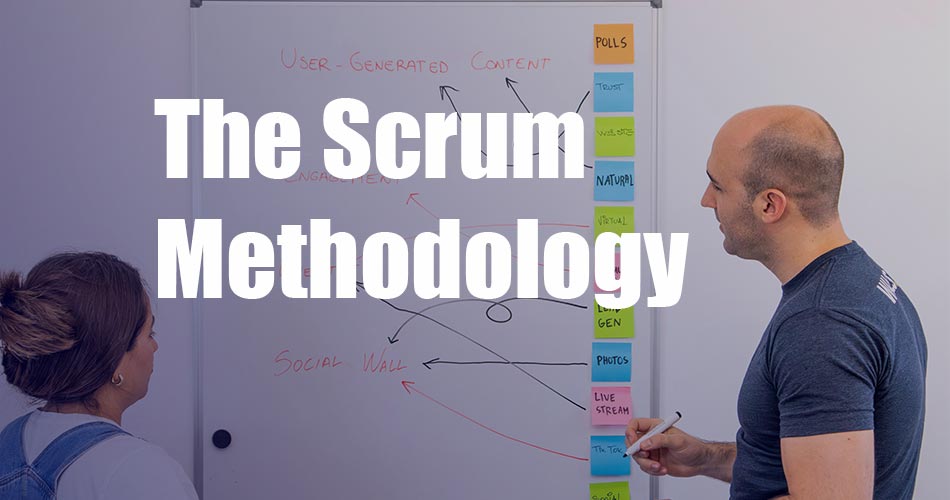Scrum is an agile project management framework commonly used in software development. It provides a structured approach for teams to manage and deliver projects.
Benefits of using Scrum

Teamwork and Collaboration
Scrum emphasizes teamwork and collaboration. The framework encourages self-organizing teams that work together to deliver the project.
Iterative Development
Scrum follows an iterative development approach. Instead of trying to deliver the entire project at once, Scrum breaks the work into smaller, manageable pieces called “sprints.” Each sprint typically lasts 1-4 weeks and focuses on delivering a potentially shippable product increment.
Scrum Roles
Scrum defines three primary roles
1. Product Owner
Represents the stakeholders and is responsible for defining and prioritizing the project’s requirements.
2. Scrum Master
Facilitates the Scrum process, ensures the team follows the Scrum framework, and removes any obstacles or impediments.
3. Development Team
The cross-functional team responsible for delivering the product increment. The team is self-organizing and determines how to best accomplish the work.
Scrum Artifacts
Scrum utilizes three key artifacts to support the project’s progress:
1. Product Backlog
A prioritized list of features, requirements, and enhancements that need to be implemented. The Product Owner maintains and updates the backlog.
2. Sprint Backlog
The set of items from the Product Backlog that the team commits to delivering in a sprint. The team owns and manages the Sprint Backlog.
3. Increment
The sum of all the completed and potentially shippable product backlog items at the end of a sprint. It represents the progress made during the sprint.
Scrum Events
Scrum defines several events to facilitate communication, collaboration, and progress:
Sprint Planning
A meeting where the team plans the work for the upcoming sprint, selects backlog items, and defines the sprint goal.
Daily Scrum
A short daily meeting where the team synchronizes their work, discusses progress, and identifies any obstacles.
Sprint Review
A meeting held at the end of a sprint to showcase the completed work to stakeholders and gather feedback.
Sprint Retrospective
A meeting where the team reflects on the previous sprint, identifies areas of improvement, and plans adjustments for the next sprint.


